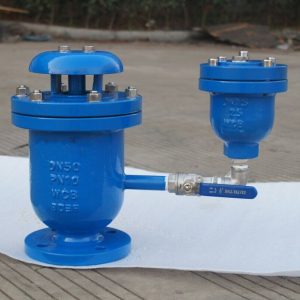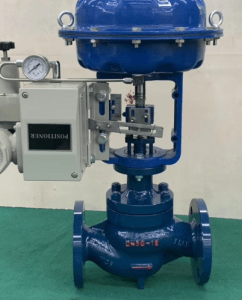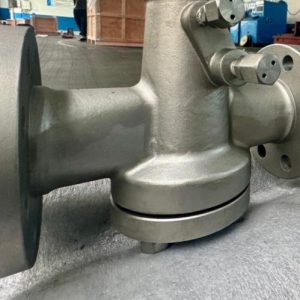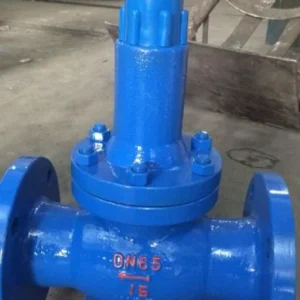Our Shop
Contact us for all your questions and requirements
Steam Pressure Reducing Valve Manufacturer in Germany
Valvesonly Europe is the foremost Steam Pressure Reducing Valve Manufacturer in Germany and Italy. Steam pressure reducing valve systems are essential components in steam distribution networks. They are installed at points where high-pressure steam enters a facility or a specific process. The primary function of these valves is to regulate the pressure of incoming steam to a desired level for downstream applications.
How do Steam Pressure Reducing Valve Systems Work?
The principle of operation of steam pressure reducing valves is relatively straightforward. These valves contain a diaphragm or piston mechanism that senses the downstream pressure. As the downstream pressure approaches the setpoint, the valve modulates to reduce the flow of steam, maintaining the desired pressure level.
When the downstream pressure drops below the setpoint, the valve opens to allow more steam to flow, thus maintaining the desired pressure. This continuous adjustment ensures a stable and consistent steam pressure for the intended applications.
Principle of Operation of Pressure Reducing Valves for Steam:
The operation of pressure reducing valves for steam is based on the balance between the force exerted by the downstream pressure and the opposing force generated by a spring or a pilot system. When the downstream pressure exceeds the setpoint, the valve throttles the steam flow to reduce pressure. Conversely, when the downstream pressure falls below the setpoint, the valve opens further to allow more steam to pass through, thereby maintaining the desired pressure level.
Utility of Steam Pressure Reducing Valves:
Steam pressure reducing valves find extensive utility across various industries and applications:
Steam Heating Systems: In steam heating systems, PRVs ensure that the pressure within the distribution network remains within safe limits, preventing damage to boilers, pipes, and radiators.
Industrial Processes: Many industrial processes require precise steam pressure control for optimal performance. Pressure reducing valves help maintain consistent pressure levels, enhancing process efficiency and product quality.
Steam Turbines: Steam turbines used in power generation rely on precise steam pressure control for optimal operation. PRVs play a crucial role in regulating steam flow to turbines, ensuring stable and efficient power generation.
Safety: By preventing overpressure situations, steam pressure reducing valves contribute to the overall safety of steam systems, protecting personnel and equipment from potential hazards.
Features of Steam Pressure Reducing Valves:
Modern steam pressure reducing valves are equipped with a range of features to enhance performance and reliability:
Pressure Setpoint Adjustment: These valves allow users to precisely adjust the desired pressure setpoint to meet specific process requirements.
High Accuracy: Advanced designs ensure precise pressure control, minimizing fluctuations and deviations from the setpoint.
Built-in Safety Features: Many PRVs incorporate safety features such as overpressure protection and emergency shutoff mechanisms to safeguard against potential failures.
Steam Pressure Reducing Valve Manufacturer in Germany and Italy are engineered to effectively regulate and uphold a consistent downstream pressure, thus safeguarding equipment, optimizing process efficiency, and prioritizing personnel safety.
Description-
Available materials: Ductile Iron, WCB, WCC, WC6, LCB, LCC, SS304, SS316, Cast iron
Size: 1/2″ to 24″
Nominal Pressure: PN10 to PN100
Class: 150 to 600
Ends: Threaded, Buttweld, Socket weld, Flanged.
Showing the single result









